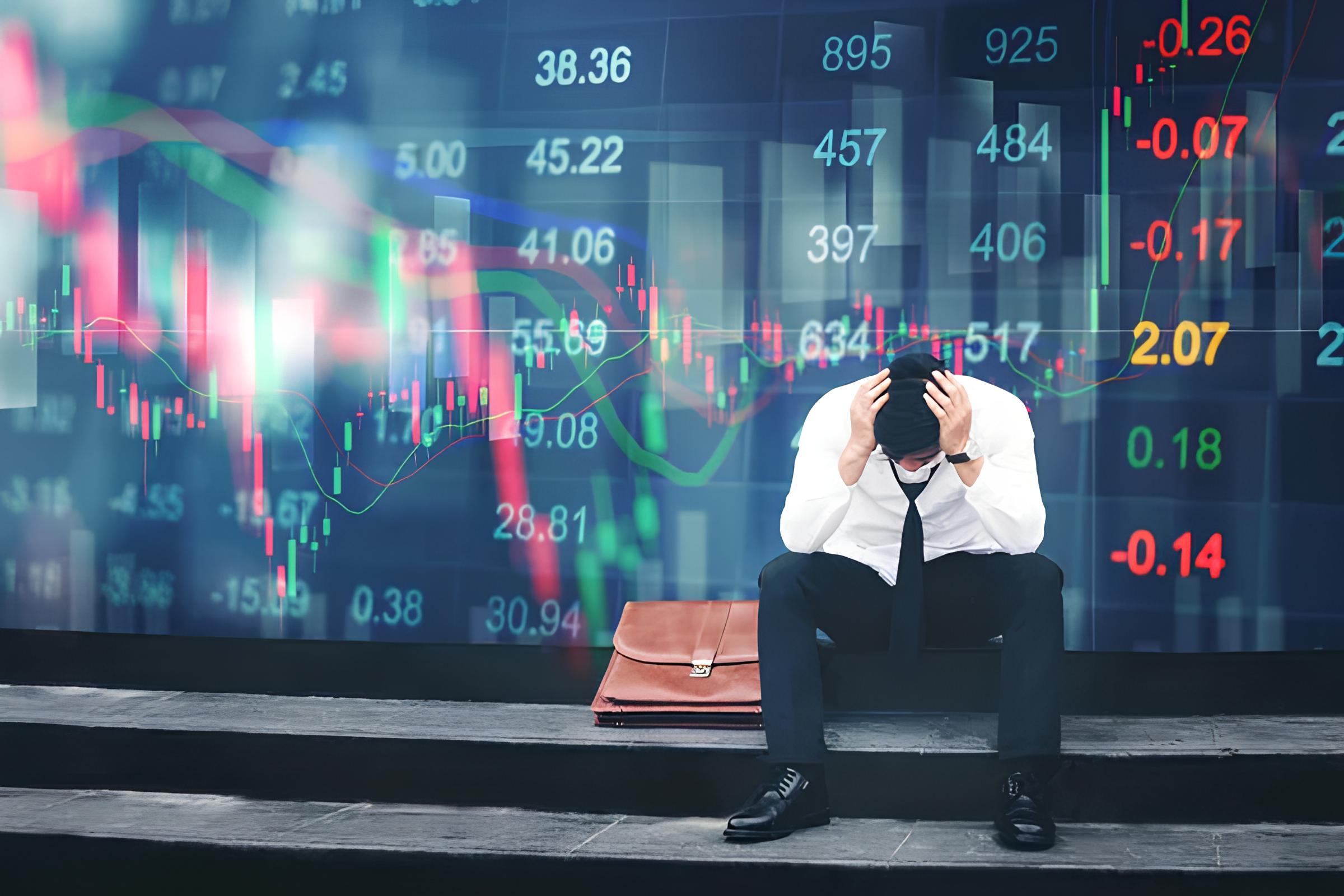
What Happened to Forex
The foreign exchange market, or Forex, is a decentralized global market where currencies are traded. Over recent years, this market has undergone significant changes due to a combination of global events, regulatory shifts, and advancements in technology. In this article, we will explore these factors in detail and provide insights into the current state of Forex trading.
Understanding the Shift: The Current State of Forex Markets
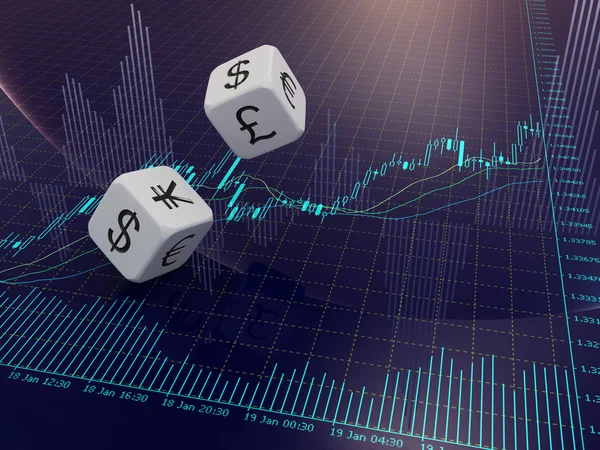
The Forex market has witnessed considerable transformation, with trading volumes reaching unprecedented levels. According to the Bank for International Settlements (BIS), the daily trading volume in Forex exceeded $6 trillion as of 2022. This growth is fueled by various developments that have reshaped the trading landscape.
Current Forex Market Highlights:
- Liquidity: Forex remains the most liquid market globally, allowing traders to enter and exit positions swiftly.
- 24/5 Market: The market operates 24 hours a day, five days a week, catering to traders across different time zones.
- Diverse Participants: The market includes retail traders, institutions, governments, and corporations, each contributing to its complexity.
Key Factors Behind Recent Changes in Currency Trading
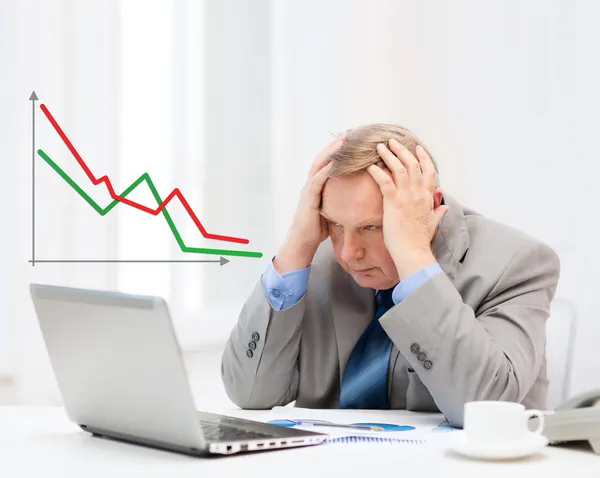
Several key factors have contributed to the evolution of currency trading in recent years:
| Factor | Description | Impact on Forex |
|---|---|---|
| Economic Policies | Central banks’ interest rates and monetary policies | Influence currency values and volatility |
| Geopolitical Events | Political instability, conflicts, and elections | Create uncertainty, impacting investor sentiment |
| Technological Developments | Rise of algorithmic and high-frequency trading | Increased trading speed and efficiency |
| Market Sentiment | Traders’ perceptions based on news and data | Can lead to rapid price changes |
The Impact of Global Events on Forex Volatility

Global events significantly impact Forex volatility, often leading to sudden price fluctuations. For instance, the COVID-19 pandemic created widespread uncertainty, prompting central banks to implement aggressive monetary policies. This resulted in:
- Massive Market Fluctuations: Currency pairs exhibited high volatility, leading to both opportunities and risks for traders.
- Safe-Haven Demand: Currencies like the US Dollar and Swiss Franc saw increased demand as investors sought refuge during market turmoil.
Example: During the initial outbreak of COVID-19 in early 2020, the USD/JPY pair surged, reflecting investor flight to safety.
Regulatory Changes: How They Reshape Forex Dynamics
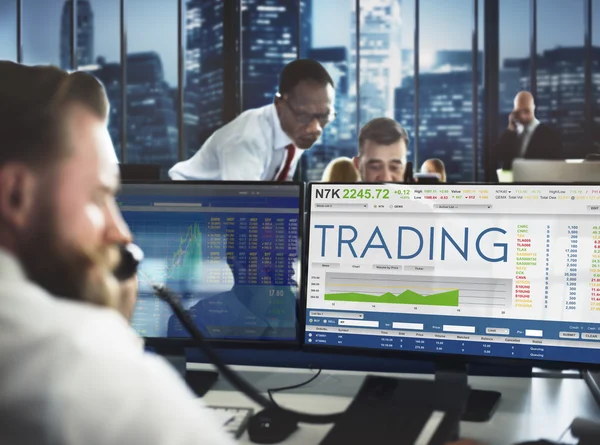
Regulatory frameworks play a crucial role in maintaining the integrity and transparency of the Forex market. Recent regulatory changes have aimed to protect traders and ensure fair practices:
Key Regulatory Changes:
- Stricter Compliance: Governments worldwide have implemented stricter regulations to combat fraud and ensure transparency.
- Leverage Limitations: Many jurisdictions have reduced leverage limits to protect retail traders from excessive risk.
- Increased Reporting Requirements: Brokers must adhere to enhanced reporting standards to ensure compliance and protect consumers.
These changes impact trading strategies and require traders to stay informed about regulations in their respective regions.
Technology Trends Transforming the Forex Trading Landscape

Technology continues to revolutionize the Forex market, providing traders with tools and platforms that enhance their trading experience. Here are some notable trends:
- Algorithmic Trading: Automated trading systems enable traders to execute strategies based on predefined criteria, improving efficiency.
- Mobile Trading Apps: With the rise of smartphones, traders can access the Forex market anytime, anywhere, increasing participation.
- Artificial Intelligence (AI): AI-driven analytics tools are now available, allowing traders to make data-driven decisions.
Practical Tips for Adapting to Technology Trends:
- Embrace Automation: Consider using trading bots to execute strategies while you’re away from your trading desk.
- Stay Updated: Regularly update your trading platforms and tools to benefit from the latest features and security enhancements.
- Educate Yourself: Invest time in learning about AI and machine learning applications in trading.
Looking Ahead: The Future of Forex in a Changing World
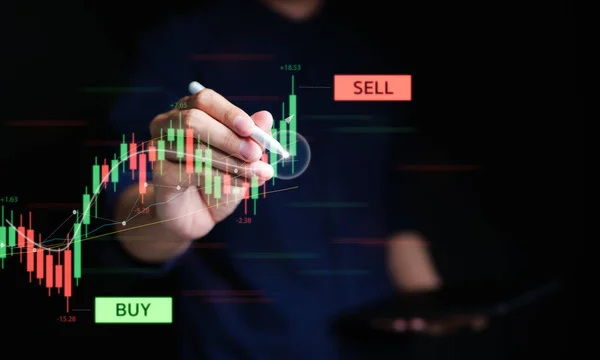
As we look to the future, the Forex market is poised for further evolution. Here are some predictions and considerations:
- Increased Institutional Participation: Expect more institutional investors to enter the Forex market, influencing liquidity and volatility.
- Sustainability Focus: Sustainable investing trends may influence currency valuations as environmental concerns gain prominence.
- Continued Technological Integration: Innovations such as blockchain may revolutionize transaction processes and enhance market transparency.
In conclusion, the Forex market is undergoing a significant transformation influenced by various factors. Traders must stay informed, adapt to changes, and leverage technology to stay ahead in this dynamic environment. By understanding these shifts, traders can navigate the complexities of the Forex market and maximize their trading opportunities.
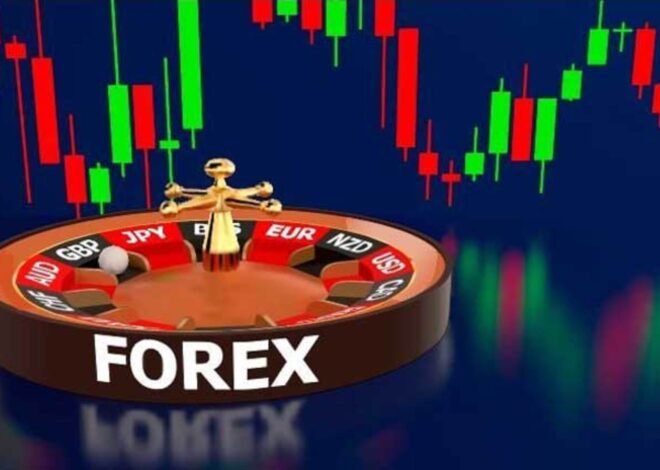

Regulations seem important for protecting traders. I appreciate the insights in this article.
I learned that Forex trading volume is really high now. $6 trillion daily is amazing!
‘AI in trading’ sounds cool! I want to learn more about how it works in Forex.
‘Increased institutional participation’ might change the market a lot in the future.
‘Sustainability focus’ affecting currency values is something I hadn’t thought about before.
This article explains how Forex has changed a lot recently due to global events and tech.
‘Algorithmic trading’ can improve efficiency. This article gave me good tips on adapting!
I didn’t know that central banks’ policies could change currency values so much. Great info!
The impact of COVID-19 on Forex volatility is interesting. It shows how events affect currency values.
Mobile apps for trading make it easier for everyone to participate in Forex now!